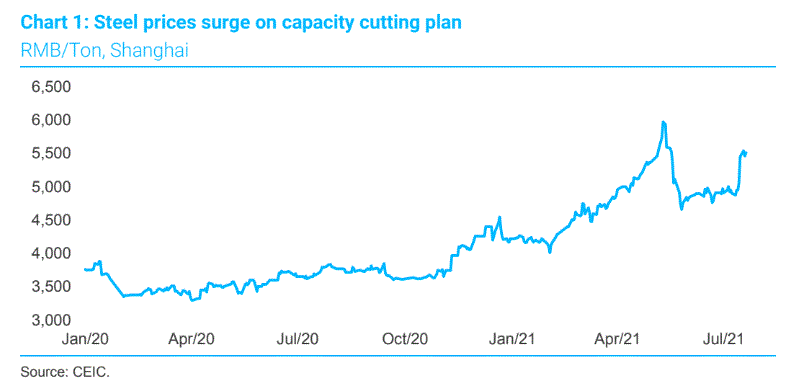TSLombard with the note.
Last September, Xi Jinping surprised the world by announcing two ambitious climate goals: that China would reach peak carbon emissions by 2030 and achieve carbon neutrality by 2060. Beyond the headline carbon objectives, the green initiative is an important domestic tool to bolster government efforts to centralize political power and allocate resources away from heavy industry towards more productive economic sectors. Beijing is leveraging climate goals to promote slower, sustainable and higher-quality growth. The 2030 and 2060 targets, together with their second-order effects, are likely to weigh on traditional infrastructure investment and support selected commodity prices and decarbonization-related equities. The political nature of decarbonization efforts means the effect on the PRC economy and aforementioned asset classes is likely to intensify in the run-up to the 20th Party Congress in Q4/22.
In March this year the 14th Five-Year Plan set the goal of reducing energy consumption and carbon emissions per unit of GDP by 13.5% and 18%, respectively, by 2025. China aims to increase the share of non-fossil energy in total energy consumption from 15.3% in 2019 to 20% in2025 and 25% in 2030. These targets signal that the green economy has become a key policy focus and has been followed by ministry-and provincial-level carbon-cutting strategies. Just this week, a far reaching draft plan by the China Iron and Steel Association (CISA), a government-backed industry group, was leaked to the press.


